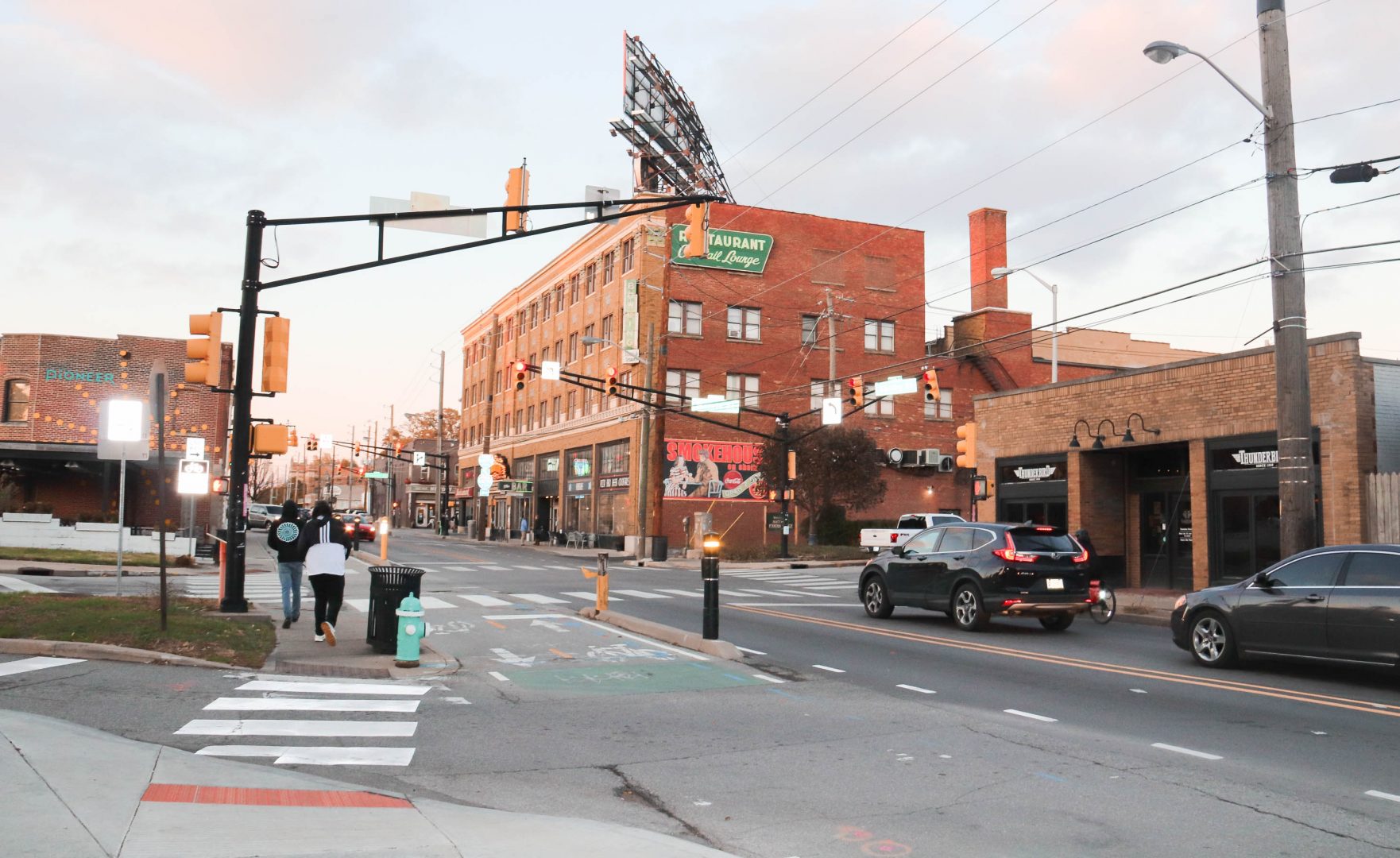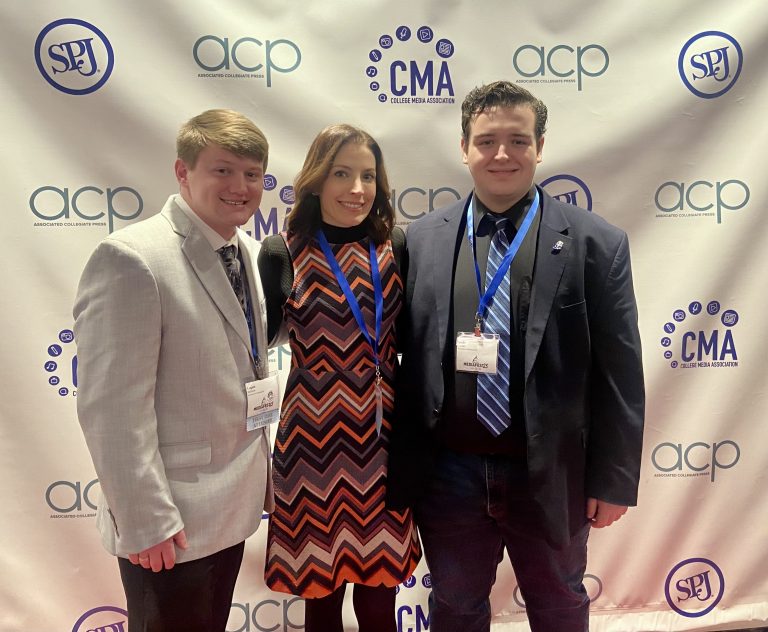Gentrification is a complicated word for a relatively simple process. When businesses and homes in an area are improved, and the cost of living goes up, residents can be pushed out of their current homes and into more affordable areas. For example, College Crossing At National, the apartment complex near the University of Indianapolis is now under new management. The new company made many renovations and added amenities and raised the rent significantly. If lower-income individuals had to move out of College Crossing because they could no longer afford to live there, that is gentrification.
UIndy Assistant Professor of Sociology Colleen Wynn has spent her career studying housing issues and residential segregation and is knowledgeable about Indianapolis specifically. According to Wynn, gentrification is often discussed in racial terms (i.e., black residents being replaced by white residents), but in Indianapolis gentrification takes place by class instead of race. She said that gentrification is typically middle- or high-income residents pushing out low-income residents of all races.
That is a core issue with gentrification: the displacement of lower-income individuals. Gentrification can split up communities of people who previously lived, worked and raised families together, forcing them into other neighborhoods that may be less familiar to them or even less safe. Gentrification can decimate a family’s social support network by pushing them out of the home they knew and loved.
In areas such as Fountain Square, the displacement of an entire group of people can create a major loss of relationships, community and culture.
Gentrification is not all bad, it can significantly raise the quality of life in an area. Wynn said that as higher-income residents move in, the tax base increases and things such as roads, public parks and business areas all improve. All those improvements sound great to me. Everyone wants to live somewhere nice and safe, where they have accessible resources and a lot of interesting things to do right at their doorstep, but those things come at a higher price.

Fountain Square is a good example of both the benefits and the consequences of gentrification. On one hand, as middle-class families and professionals have moved into the neighborhood, Fountain Square has transformed into a bustling neighborhood with lots of successful new businesses. According to SAVI, the nation’s largest and most comprehensive community information system developed by IUPUI, employment and education rates in the area have increased as the demographics have shifted, while vacancy rates have declined.
On the other hand, the average property costs have increased and these changes are detrimental to some individuals. Wynn said that by the time a neighborhood, such as Fountain Square has significantly improved, the residents who were there long before the renovations often are no longer there to reap the benefits.
That brings us to the core conundrum around gentrification: how to improve neighborhoods and raise the quality of living without displacing long-term, low-income residents in the area. It’s difficult, but not impossible. According to Wynn Fountain Square’s developers displaced parts of its community, but other city planners, developers and realtors can learn from the mistakes made there. As other Indianapolis neighborhoods such as Garfield Park and Bates-Hendricks have started to pursue revitalization projects, they have drawn on the experiences of Fountain Square as an example of what not to do to local communities and are instead focused on maintaining their own cultures and communities while avoiding major displacement, Wynn said.
Wynn said that the key to preventing class-based displacement is through community involvement in renewal projects at the ground level, such as neighborhood association meetings and community needs assessments to understand the existing community and neighborhood.
If you live in or around the UIndy area, search for your neighborhood association online to find out when and where these meetings take place. The first step in supporting local communities is to show up.
Without understanding the needs and desires of current neighborhood occupants, creating improvements that are necessary and accessible to them becomes impossible. Organizations such as South Indy Quality of Life have worked hard to assess these needs and create proactive community development plans that will engage all community members, not just wealthier gentrifiers.
The organization’s teams work on issues such as safe and affordable transportation, access to affordable housing and community engagement to provide access for citizens of all socioeconomic classes. The organization’s 25-page community workplan details its goals and related action steps at soindy.org.
Improving Indianapolis neighborhoods without hurting low-income Hoosiers is both possible and necessary, but doing so will take hard work and careful planning. Those seeking to improve Indy neighborhoods must understand the needs of the existing residents and plan to preserve their community, before ever picking up a hammer or paintbrush. These changes must not come at the cost of low-income residents. It is important to improve the quality of life in Indianapolis communities, but not at the price of displacement.






